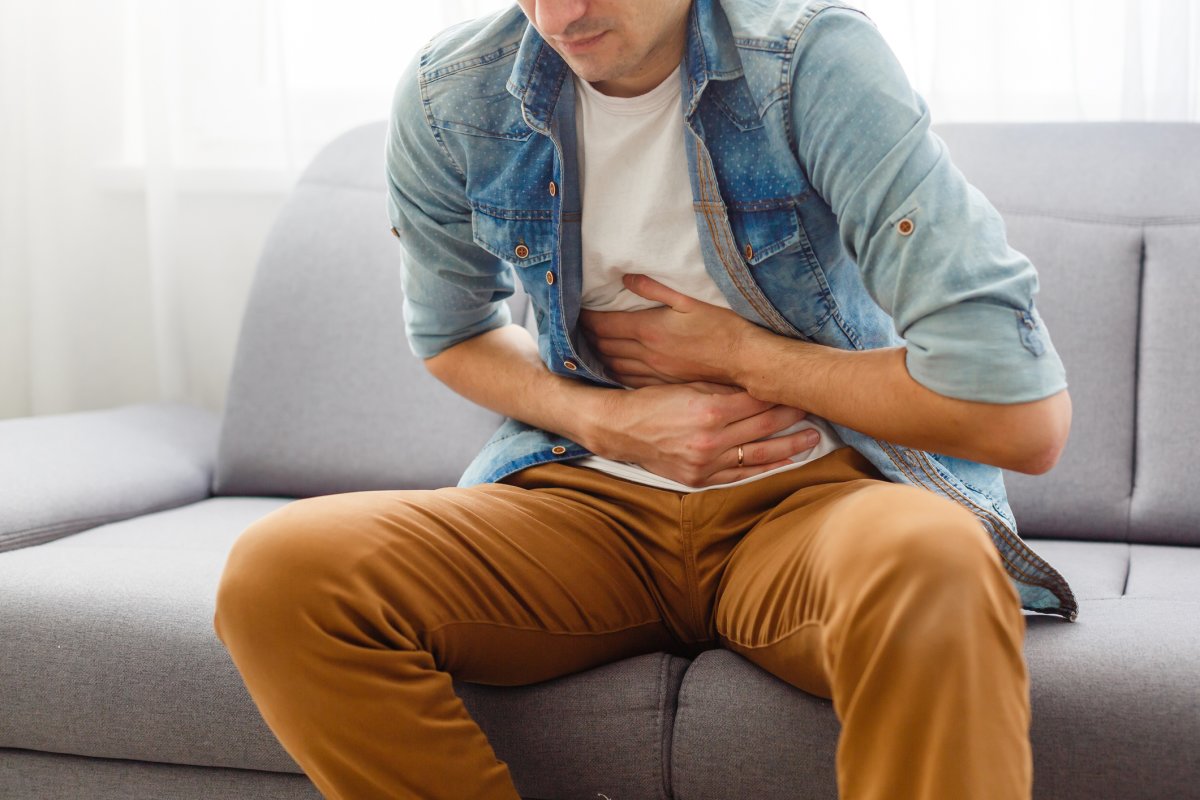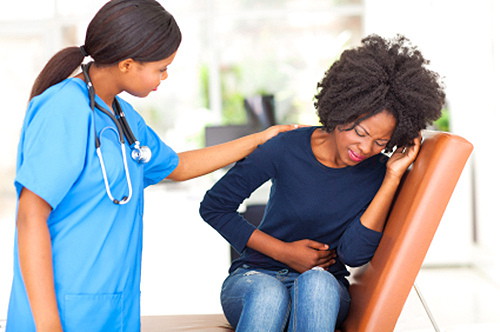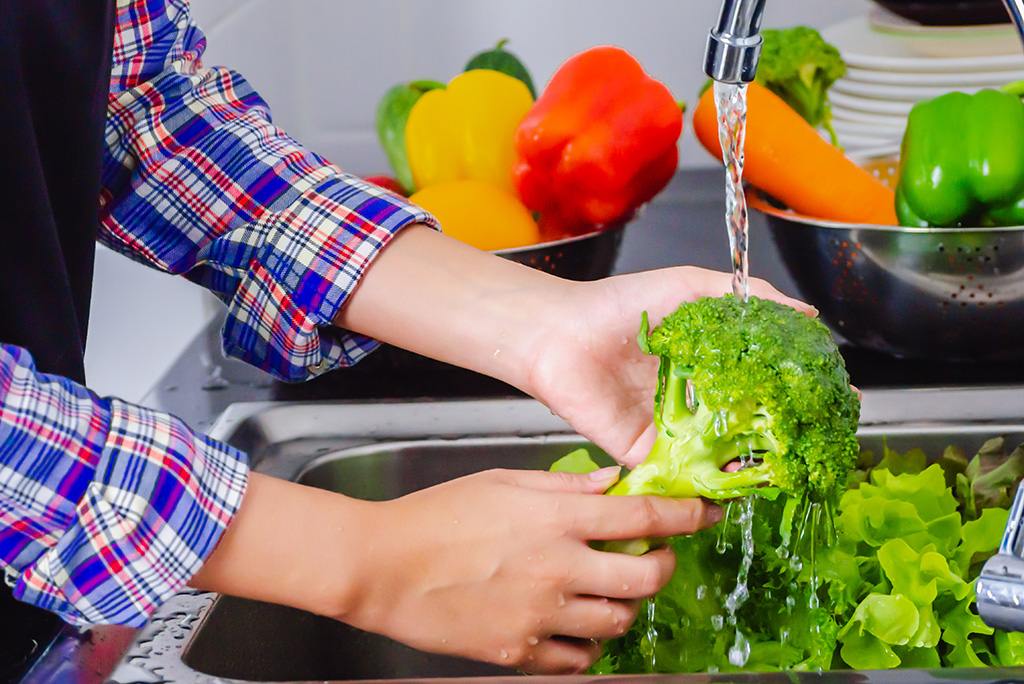Stomach Flu Vs. Food Poisoning - What Makes Them Different?
Are you experiencing food poisoning or stomach flu? Well, it can be confusing to know which is which. This guide on stomach flu vs. food poisoning should help you learn more about the two.
Author:James PierceReviewer:Karan EmeryApr 10, 20232.3K Shares334.9K Views

It may start as a rumble in the stomach, then sickness and pain in the abdomen. It is when people start to wonder whether it is stomach flu or food poisoning. The similar symptoms between the two make them confusing. We found it necessary to compare stomach flu vs. food poisoning to understand the two better.
Keep reading to learn more about the two.
Definition
Food poisoning only happens when you ingest contaminated food. Viruses, bacteria or other less common parasites may enter the body and cause symptoms of gastroenteritis. Unhygienically prepared food, spoilt food, or any contaminated food provides a way for the parasites to enter the body.
On the other hand, Stomach virus/flu is a viral infection that attacks the digestive system. It is also known as viral gastroenteritis. There are several types of viruses. The Center for Disease Control and Prevention (CDC), has revealed that the most common virus that causes stomach flu is Norovirus.
Transmission
Food Poisoning
Cross-contamination, where harmful organisms transfer from one surface to another, is the major cause of food poisoning. Ready-to-eat foods such as salads plus uncooked food are at a greater risk of contamination.
The rapid growth of bacteria can be in a range of foods. This happens when foods like meats, sauces, and dairy products are not kept at the right temperatures. Together with other harmful organisms, bacteria produce substances that can cause intestinal inflammation when eaten.
Poorly cooked or not properly handled raw meat also provides room for contamination.
The two most common types of bacteria linked to food poisoning are E. Coli and Salmonella.
Stomach Flu
It is highly contagious; therefore, it can spread very quickly. People become contagious immediately after infection and remain so in the first few days after recovering.
A stomach virus can spread through the following methods;
- Having indirect or direct mouth contact with an infected person or a surface contaminated by the virus.
- Drinking liquids or eating foods contaminated with the virus The virus also inhabits the vomit and stools of the infected people.
Symptoms
Still on stomach flu vs. food poisoning, sometimes the symptoms can be similar; however, there are some differences. We list some of the common symptoms of the two to help in further telling them apart.
Food Poisoning
The symptoms will start to show within hours of eating contaminated food. They include;
- Vomiting
- A fever and body aches
- Nausea
- Watery or bloody diarrhea
- Lightheadedness and dizziness from dehydration
People can start suspecting the disease if they have eaten unrefrigerated food or when other people who ate the same food show similar symptoms.
The high-risk foods for food poisoning are salads, eggs, seafood, raw poultry, and other dairy-based products.
Stomach Flu
The symptoms of the virus include;
- Loss of appetite
- Low-grade fever
- Nausea or vomiting
- Stomach cramps
- Headaches
- Dizziness
- Watery or bloody diarrhea
These symptoms last between 3 to 14 days. Bloody stools could be a sign of a more serious infection rather than stomach flu. So, get it checked further just to be sure.
Diagnosis
There is no recognized method for diagnosing stomach flu, but the doctor will base it on the symptoms.
A rapid stool test can detect rotavirusor norovirus. Such a test is available in many clinics. The other viruses do not have quick tests. Stool samples can be used to rule out infection by bacteria or parasites.
Food poisoning diagnosis can be difficult if you cannot identify the exact cause. Stools may be used to identify the disease-causing pathogen.
Treatment
The treatment depends on the harmful organism causing the infection.
For viral infection, there is use of supportive therapy. The therapy includes increased hydration, electrolyte replenishment, and fever medication. This is because viruses do not respond to antibiotics and just need to be allowed to run their course.
Antibioticsare prescribed for bacterial infections like ones caused by Salmonella. Anti-parasitic medication is used for parasites.
Here are some important steps to follow at home in case of food poisoning or stomach flu.
- Allow your stomach to settle and not eat any solid foodstuff.
- You should drink plenty of liquids to prevent dehydration. Sugary drinks can make diarrhea worse; thus, avoid them.
- To ease yourself back to eating, start with easily-digested foods such as soda crackers or rice. You should stop eating if nausea returns.
- Dairy, caffeine, sugar, alcohol, and fatty foods should be avoided until you feel better.
Do not take over-the-counter medications unless advised by a doctor. This is because it can worsen the infection. Sometimes anti-diarrhea medications make cases worse.
If you experience the following symptoms, seek medical attention immediately.
- Bloody vomit or stool
- Dizziness or lightheadedness
- Severe or persisting abdominal pain
- High fever above 104 degrees Fahrenheit
Prevention
Food Poisoning
- Storing foods like meats, dressings, salads when stored at the right temperature will go a long way to prevent food poisoning. Also, do not eat food left uncovered for more than 2 hours.
- Wash your hands before handling raw meat to prevent contamination. You should also cook meat properly.
- Avoid eating raw eggs, raw meat, or sauces made with raw eggs. Keep food on the ice during picnics or parties.
- Always take precautions when eating in unfamiliar places or restaurants.
Stomach Flu
- Practice proper hand hygiene, especially after using the toilet, before preparing food or after changing diapers.
- Kitchen hygiene is important. Wash and rinse fruits with clean water and cook your food thoroughly.
- Clean and disinfect surfaces to prevent potential contamination. This should also be done after you experience diarrhea or vomiting.
- Maintain some distance from anyone with the stomach virus. Personal items such as plates should be isolated.
- Wash your clothes thoroughly to prevent the transfer of the virus. Laundry contaminated by stool or vomit can transfer the virus.
In some countries, there are vaccines to prevent stomach viruses. They help to prevent severe symptoms of stomach virus in children.
Conclusion
Stomach flu vs. food poisoning no longer has to be confusing after going through the guide above. Now that you know the difference between the two, it would be better to take the right steps to treat either condition.
Prevention is better than a cure when eating your favorite Washington restaurantor at home. The trauma and threat to your life with food poisoning or stomach flu is not worth it. Take care of yourself.
Proper hygiene is essential not just for stomach flu but other types of related conditions. You will have to visit the doctor less often if you can keep your hygiene to the best standards.

James Pierce
Author

Karan Emery
Reviewer
Latest Articles
Popular Articles


